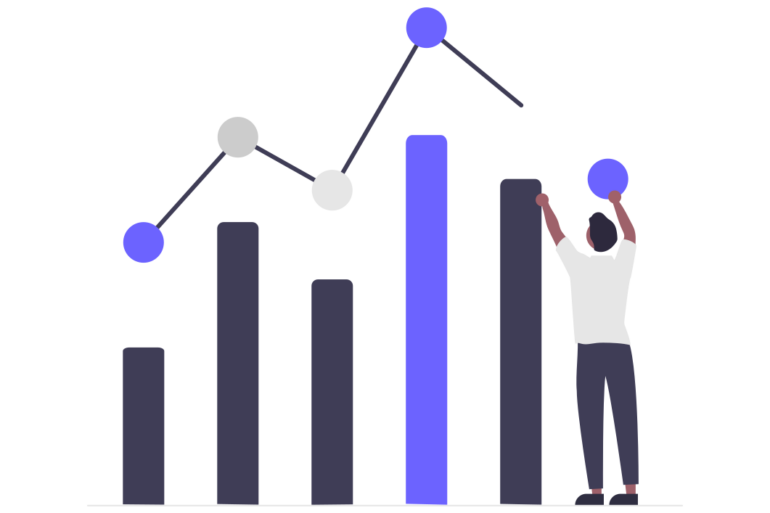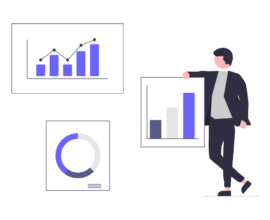Data Analytics is the domain of the science of analyzing the raw data to draw fruitful conclusions based on that information. It is a science that helps individuals and companies make sense of the raw data and then deliver insights and trends based on it. It is a vast process involving steps like inspecting the raw data, cleansing it, then transforming it, followed by modelling the raw data to discover some useful information, presenting conclusions and then supporting the decision-making process. Data Analytics use various tools, techniques and algorithms that help individuals or organisations make useful insights and succeed. There are various types of Data Analysis including prescriptive, diagnostics, descriptive and predictive analysis.
What exactly is Data Analytics?
Why Data Analytics is important?
How does Data Analytics work?
-
Data RequirementFor making Data Analytics work, first, it is important to decide what kind of data the process is to be carried out on. As for different data, the conclusion would differ. For instance, one might want the process to work for the detection of the population of a city, for others, it may be to calculate the marks of a certain group of students, and so on.
-
Data ProcurementThe next step involves Data Procurement. Here, proper data collection is necessary because if the data collection is not proper then the results would differ accordingly. So, its utmost importance to make accurate data collection to get the most precise and accurate results for the data collected.
-
Data ProcessingAfter the Data Collection is done, next step is the Data Processing. Here the gathered data is organized and analyzed for further processing. Proper data organization is required as if not done, it might also result in some sort of result inaccuracy.
-
Data CleansingThe Data collected at all times may not be totally useful. It might have some sort of repetitive elements, or some error may be present in the collected data. So, it is important to either fix certain anomalies or get rid of them. So, at this stage, the Data is properly cleansed by either removing or fixing the errors.
-
Data AnalysisThis is the most important step in the Data Analytics part as at this step the data is analyzed and based on that the conclusions are drawn. Various data analysis tools, techniques and algorithms are used here like Data Visualization, Regression, Classification, Correlation and so on. It may be that even after the Data Cleansing step some anomalies may be present, so it is removed at this step.
-
Data CommunicationAfter the Data Analysis step, the data is converted into an organized and simple document form. This is then made useful for making insightful decisions and for making decisions based on this data. The document presented here may be in the form of graphs, charts, tables, or any other form.
Skills Required for becoming a Data Analyst
-
Data VisualizationData Visualization is an important and engaging way of presenting the raw data. This skill is important because it helps in creating and presenting the data in the form of charts, graphs, tables or any other form. The one who is skilled with this skill knows how to present the data in an engaging form.
-
Statistical KnowledgeIn today’s world, probability and statistics have become a key aspect for analyzing the data. This skill is needed because the individuals who have knowledge of this skill do not make errors in arranging, analyzing and interpreting the data.
-
Machine LearningMachine Learning too is considered an important skill set for becoming a Data Analyst as it is used for Artificial Intelligence and for Predictive analysis. Though complete knowledge of Machine Learning is not required for this job role but still basic knowledge is must.
-
Data CleansingAs discussed above Data Cleansing is an important step in the Data Analytics process. So, the professionals working in this field need to have a thorough knowledge of the Data Cleansing skill. Here one must know how to find inconsistencies, errors and anomalies in any raw data given.
-
Microsoft ExcelA Data Analyst may have to present the data in any form so a proper knowledge of Microsoft Excel is needed. From a basic understanding of Excel to an advanced understanding of Microsoft Excel may it be VBA lookups or writing macros, a thorough understanding is required.
-
SQLNow the Data Analyst also needs to have a knowledge of a programming language. SQL stands for Structured Query Language is also an important skill to possess which will help extract raw data from various sources.





